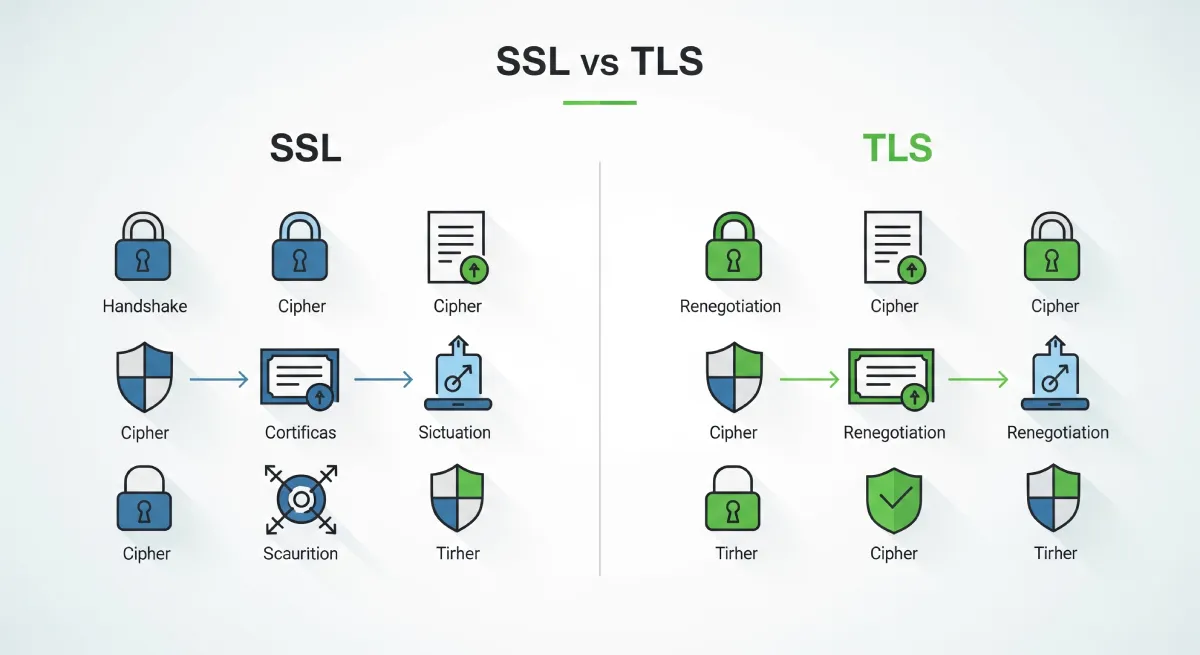Introduction
In the realm of communication, two fundamental techniques have revolutionized the way we transmit and receive signals: Frequency Modulation (FM) and Amplitude Modulation (AM). As businesses and individuals seek to understand the nuances between these two methods, it becomes crucial to delve into their disparities and uncover their unique benefits. In this article, we embark on a comprehensive exploration of FM and AM, shedding light on their characteristics, applications, and the factors that set them apart.
Frequency Modulation (FM) Unveiled
What is Frequency Modulation?
Frequency Modulation, commonly referred to as FM, is a modulation technique used in various communication systems. Unlike other modulation methods, FM operates by varying the frequency of the carrier wave in proportion to the instantaneous amplitude of the input signal. This dynamic alteration of frequency enables FM to provide superior signal quality, making it ideal for applications that demand high fidelity, such as music broadcasting.
Advantages of Frequency Modulation
Improved Signal Quality: FM boasts excellent noise immunity, allowing for clearer reception even in environments with high interference levels. This advantage makes it the preferred choice for radio broadcasting, where the fidelity of audio content is paramount.
Wider Bandwidth: Compared to AM, FM occupies a wider bandwidth, enabling the transmission of more information-rich signals. This capability makes it suitable for applications that require high data transfer rates, such as television broadcasting.
Resilience to Amplitude Variations: FM signals are relatively unaffected by changes in amplitude, making them more resistant to signal degradation caused by factors like atmospheric conditions and electrical interference.
Amplitude Modulation (AM) Unraveled
What is Amplitude Modulation?
Amplitude Modulation, known as AM, represents another modulation technique extensively employed in various communication systems. In AM, the amplitude of the carrier wave is altered in proportion to the instantaneous amplitude of the modulating signal. This method allows the combination of the carrier wave and the modulating signal to facilitate the transmission of information.
Advantages of Amplitude Modulation
Simplicity and Cost-effectiveness: AM is a simpler modulation technique in comparison to FM, requiring less complex equipment for transmission and reception. This simplicity translates into cost-effectiveness, making AM a viable choice for certain applications where budget constraints are a consideration.
Longer Signal Range: AM signals have a longer range compared to FM signals, making them more suitable for long-distance communication, especially in scenarios where line-of-sight transmission is not feasible.
Compatibility with Existing Infrastructure: AM signals can be easily received by a wide range of devices, including older radios, making them compatible with the existing infrastructure in many regions.
The Distinctions: FM vs. AM
Frequency Spectrum Allocation
One of the key differences between FM and AM lies in their frequency spectrum allocation. While FM utilizes a wider bandwidth, AM operates within a narrower frequency range. This distinction impacts their applications, with FM being the preferred choice for high-fidelity audio transmission and AM finding its niche in long-distance communication.
Signal Fidelity and Noise Immunity
FM’s ability to provide superior signal fidelity and excellent noise immunity sets it apart from AM. The dynamic nature of frequency modulation ensures that FM signals maintain their clarity and quality even in the presence of interference. On the other hand, AM signals are more prone to interference, resulting in potential signal degradation.
Bandwidth Usage and Data Transfer Rates
FM’s wider bandwidth allocation allows for higher data transfer rates, making it suitable for applications that require the transmission of information-dense signals. Conversely, AM’s narrower bandwidth limits its data-carrying capacity but ensures compatibility with older equipment and infrastructure.
Key Differences Between Frequency Modulation and Amplitude Modulation
| Difference | Frequency Modulation (FM) | Amplitude Modulation (AM) |
|---|---|---|
| Definition | Varying the frequency of the carrier wave in proportion to the instantaneous amplitude of the input signal. | Altering the amplitude of the carrier wave in proportion to the instantaneous amplitude of the modulating signal. |
| Signal Quality | Provides high signal quality with excellent noise immunity. | More susceptible to noise interference, leading to potential signal degradation. |
| Bandwidth Usage | Occupies a wider bandwidth, allowing for higher data transfer rates. | Utilizes a narrower bandwidth, limiting data-carrying capacity. |
| Applications | Ideal for high-fidelity audio transmission and applications that require high data transfer rates. | Suitable for long-distance communication and compatibility with older equipment and infrastructure. |
| Interference | FM signals are more resistant to interference, maintaining signal clarity even in the presence of noise. | AM signals are more prone to interference, potentially leading to signal degradation. |
| Receiver Complexity | Requires more complex receivers due to the need for frequency demodulation. | Simple receivers can be used as amplitude demodulation is relatively straightforward. |
| Signal Range | Shorter signal range compared to AM. | AM signals have a longer range, making them suitable for long-distance communication. |
| Compatibility | FM signals require compatible receivers for proper reception. | AM signals can be easily received by a wide range of devices, including older radios. |
| Transmission Efficiency | Less efficient in terms of power consumption. | More power-efficient compared to FM. |
| Frequency Spectrum Allocation | Operates within a wider frequency spectrum. | Operates within a narrower frequency range. |
Conclusion
In the realm of communication, the differences between Frequency Modulation (FM) and Amplitude Modulation (AM) are significant. While FM excels in signal fidelity, noise immunity, and bandwidth usage, AM shines in simplicity, cost-effectiveness, and longer signal range. Understanding these distinctions is crucial for businesses and individuals seeking to optimize their communication systems and make informed choices based on their specific requirements.




